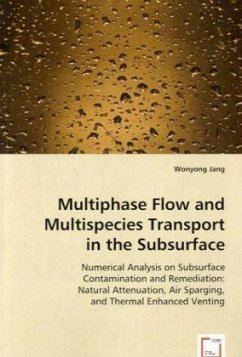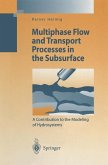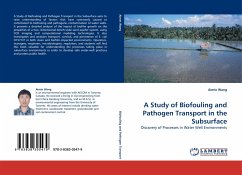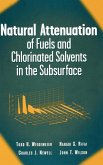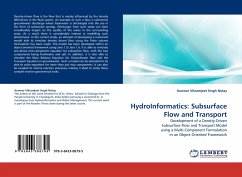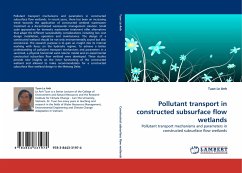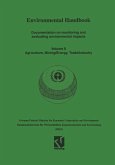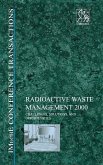In order to protect groundwater resources from pollution and to clean up contaminated sites, we should understand the fate and transport of contaminants in the subsurface and physical-chemical-biological processes involving remediation. To enhance our understanding, numerical studies are performed on (i) multiphase flow and multispecies transport of volatile organic compounds (VOCs), (ii) biological transformations of contaminants, (iii) in-situ air sparging (IAS), and (iv) thermal enhanced venting in the subsurface. Among VOCs, trichloroethylene, dichloroethylenes, and vinyl chloride are chosen as target contaminants herein. The effects of density-driven advection of gas phase and biotransformation of contaminants on their fate and transport are analyzed under various environmental conditions involving infiltration, permeability, and bioreaction kinetics. Under IAS, the interactive dynamic flows of water and injected air through porous media in the subsurface are elucidated. A three-dimensional numerical model, called TechFlowMP, is developed, verified, and validated using analytical solutions and experimental data published in the literature.
Bitte wählen Sie Ihr Anliegen aus.
Rechnungen
Retourenschein anfordern
Bestellstatus
Storno

